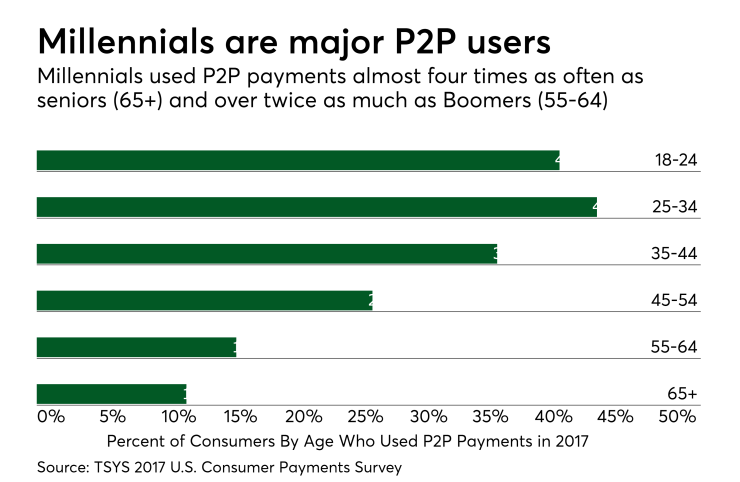The more digital the world becomes, the more we struggle to keep our privacy private. Privacy alarmists are becoming something of a broken record by now, and one the world continues to ignore.
Perhaps that’s why one computer science student decided to take matters into his own hands just a few weeks ago by
To reflect upon the future of payments is to consider the changing habits of consumers, which really means paying close attention to the generations everyone loves to hate. Millennials and Generation Z were born and raised in a digital world, one made up of swipes and smartphones, selfies and snaps. As such, their digital lifestyles require seamless payment experiences that include real-time transactions and high levels of security in the physical world to match their digital lifestyles.

Venmo has seen a lot of success among younger generations, proving to be the Gen Z-preferred method of payment. In today’s fast-paced world, millennials and Gen Z value convenience, and Venmo offers exactly that. It allows them to split bills easily when out with friends and, more important, cuts them slack for forgetting to carry enough cash. Security and data privacy, though, will have to be improved with secure authentication methods and anti-fraud security in order to provide the seamless experience the digital generation expects when performing transactions.
Enhanced customer satisfaction is the future of payments, thanks again to the endless possibilities offered by the latest advances in technology. Biometric authentication, such as fingerprint ID and facial recognition, is expected to be used in more than 18 billion transactions by 2021. Blockchain technology promises to facilitate fast and secure payment processing services, providing trusted real-time verification of transactions without the need for intermediaries. Ultrasonic communication will also be utilized to enhance payment authentication, ensuring payments fit the right device, at the right place and time, allowing, for example, contactless ATM interaction and communication in places where Wi-Fi and Bluetooth don’t work.
Within this landscape, we are heading toward a cashless world where peer-to-peer mobile transactions are meant to become the preferred payment method, both in the online and physical store, pushing forward new levels of connectivity and customer satisfaction.





